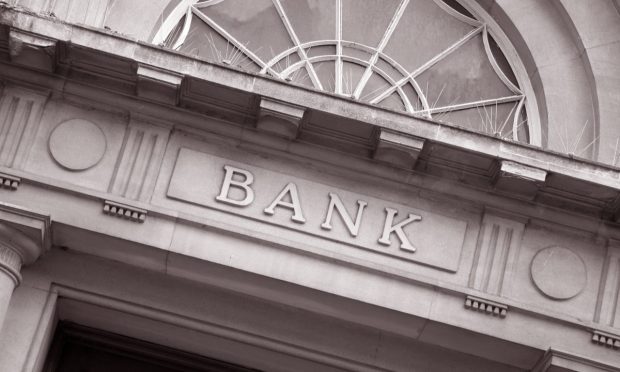4 Trends Shaping EMEA Banking Sector in 2023

In this article, PYMNTS analyzes trends shaping the banking sector in the EMEA region.
Zooming in on the different subregions shows that the EMEA banking sector remains at different stages of growth and development, despite the acceleration in the digitization of financial services across the regions.
1. UAE and Saudi Arabia Lead MENA Neobank Wave
While digital-first banking is comparatively mature in Europe and the U.S., in the Middle East and North Africa (MENA), neobanks have yet to take hold to the same extent.
But in 2022, a string of launches and announcements in the United Arab Emirates (UAE) and Saudi Arabia have signaled the arrival of digital banks in the Gulf, with the rest of the region not far behind.
In the UAE, after YAP officially debuted earlier this year, government-backed Wio followed suit in September with an initial focus on the small to medium-sized business (SMB) market.
Meanwhile, over the border in Saudi Arabia, three homegrown neobanks have all been granted licenses by the Saudi central bank (SAMA) — STC Bank and Saudi Digital Bank in June 2021 and D360 in February 2022.
Besides being two of the most active FinTech markets in the MENA region, UAE and Saudi Arabia have neobanks that are also well positioned to partner and collaborate given the countries’ geographic and cultural proximity.
For example, Wio’s CEO Jayesh Patel referenced Saudi Arabia as “an incredibly interesting market [with] a ton of innovation and FinTechs” that the neobank could potentially expand into.
2. African Banks Collaborate With FinTechs
In many African countries, the banking industry doesn’t have nearly the reach it does in other markets, with millions of people without access to a bank account.
As such, the continent’s banks are evolving to embrace the alternative means of accessing financial services preferred by many African consumers.
For example, pan-African bank Ecobank is pursuing an application programming interface (API) approach that allows non-bank FinTechs to connect to its financial infrastructure and access a greater range of products and services.
As Djiba Diallo, the bank’s FinTech lead, told PYMNTS, by enabling tech partners to access and experiment with Ecobank’s APIs through the bank’s sandbox, “FinTechs, third parties, telcos and any other company that would like to provide innovative digital payment solutions to their customers” can easily partner with Ecobank.
Echoing Diallo, Richard Southey, chief digital experience officer at South African bank Absa, said that “banks on their own are never going to be able to develop all the bespoke applications, which are going to be important towards an informal trader, for instance.”
He added that “FinTechs are starting to solve those problems [and] we are seeing more and more banks getting involved putting out API marketplaces for FinTechs to climb on to.”
3. European Banks Doubling Down on Sustainability
Following the COP27 climate conference in 2022 and the growing role of banks in slowing the damage of global climate change, more financial institutions (FIs) are working towards putting their money where their mouth is to embrace a more proactive stance on sustainable investing and enable consumers to spend more responsibly.
For instance, the Net-Zero Banking Alliance has seen FIs representing 40% of global banking assets commit to aligning their lending and investment portfolios with net-zero emissions by 2050, several European banks have set their own ambitious targets.
And as the number of environmentally conscious consumers increases across the continent, banks now routinely monitor and report on their net-zero progress.
For example, Lloyds publishes regular “net-zero activity updates” assessing its progress toward its environmental targets.
Meanwhile, European banks are leading the charge to roll out carbon trackers that help people monitor the carbon emissions their spending generates.
4. Banks Called to Connect to CBDC Systems
As central banks in the EMEA region continue to test and develop their own digital currencies, there are growing calls for FIs to better define their role as mediators between central banks and consumers in central bank digital currency (CBDC) systems.
For example, the European Central Bank (ECB) issued a progress report on the digital euro project in December outlining its findings on what the role of banks will be should it decide to issue a CBDC.
Much like existing Eurosystem payment rails, any digital euro infrastructure would delegate most consumer-facing functions to banks, while the Eurosystem would be responsible for the actual settlement of transactions.
Of course, should it ultimately opt to pursue a CBDC, banks won’t be the only intermediaries that will have to interoperate with the digital euro system.
In September, the ECB announced that it had selected five partners to be involved in a “prototyping exercise” for the digital euro project. Alongside the Spanish bank Caixabank, payment processors Nexi and Worldline were chosen to participate in the exercise as well as Amazon and the European Payment Initiative.
For all PYMNTS EMEA coverage, subscribe to the daily EMEA Newsletter.
